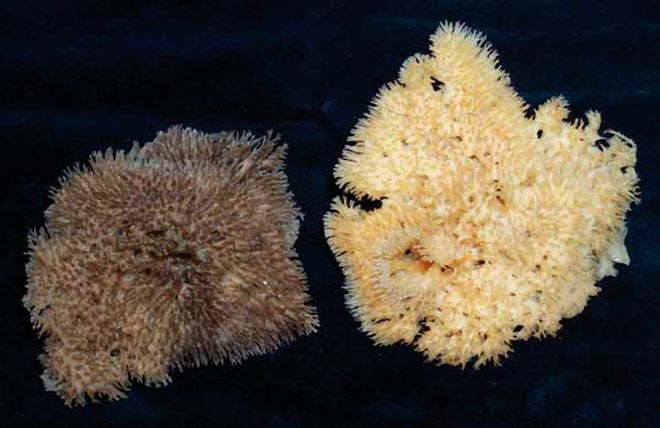
The natural sponges we use in our baths are actually animal skeletons. Bath sponges consist of a highly porous network of fibres made from a collagen protein called spongin. The skeletons are obtained by cutting the growing sponges and soaking the cut portions in water until the flesh rots away. The exposed network of spongin fibres is cleaned and bleached. In recent years New Zealand scientists have investigated the possibility of farming a native species of bath sponge, Spongia manipulatus, for commercial production. Sea sponges have been over-harvested from the major sponge-gathering areas around the Mediterranean, Caribbean and Florida coasts, but demand remains high. Pictured here are two New Zealand bath sponge skeletons, bleached (right) and unbleached.
Using this item
NIWA – National Institute of Water and Atmospheric Research
This item has been provided for private study purposes (such as school projects, family and local history research) and any published reproduction (print or electronic) may infringe copyright law. It is the responsibility of the user of any material to obtain clearance from the copyright holder.










Comments
Angry Birds Space
smoommiriub (not verified)
07 May 2012
Add new comment